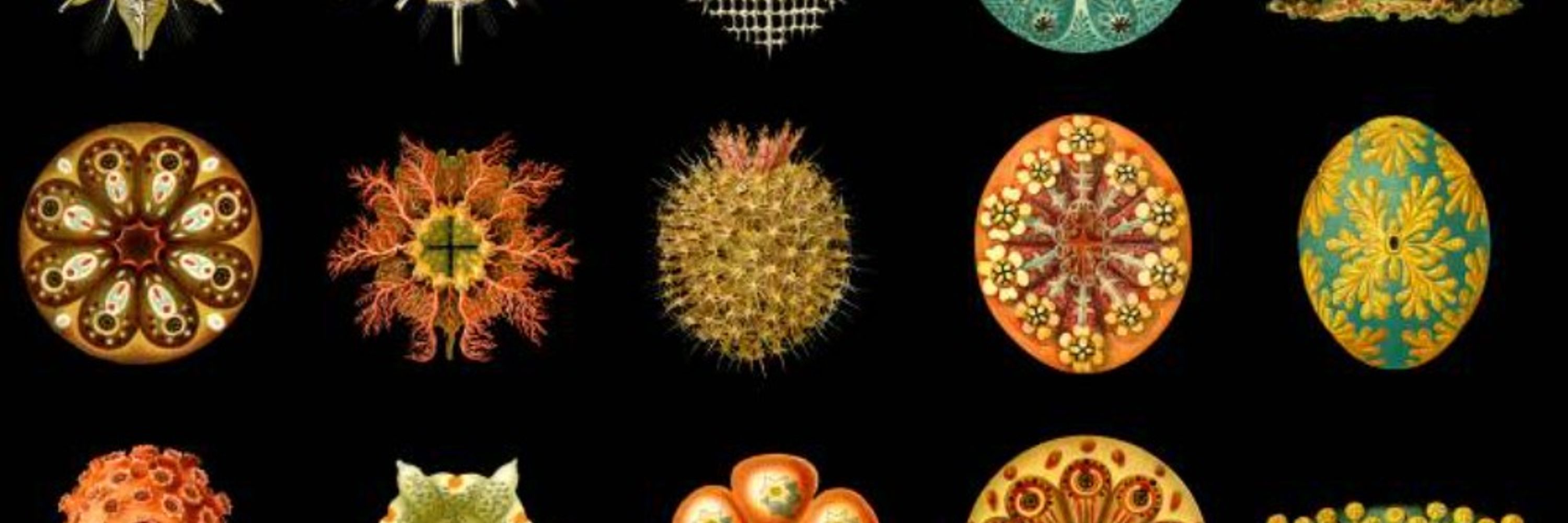






Also, how did it take this long for me to realize BBC doesn't use the Oxford comma?

Also, how did it take this long for me to realize BBC doesn't use the Oxford comma?
Please consider chipping in to help. Thank you!
www.southernfriedscience.com/help-support... #SciComm 🧪🦑🌎

Please consider chipping in to help. Thank you!
www.southernfriedscience.com/help-support... #SciComm 🧪🦑🌎
risecenter.asu.edu/fail-safe
risecenter.asu.edu/fail-safe
🐙🦑🌿🧪
www.inaturalist.org/projects/cte...

🐙🦑🌿🧪
www.inaturalist.org/projects/cte...
"Life scientists at the Massachusetts Institute of Technology publish top research papers at a rate that is among the highest in the world"
www.science.org/content/arti...


"Life scientists at the Massachusetts Institute of Technology publish top research papers at a rate that is among the highest in the world"
www.science.org/content/arti...

I will be talking about microRNA and the evolution of the mammalian placenta on Tuesday at 14:30 in Meeting Room 113
@eseb2025.bsky.social

I will be talking about microRNA and the evolution of the mammalian placenta on Tuesday at 14:30 in Meeting Room 113
@eseb2025.bsky.social
www.nature.com/articles/s41...
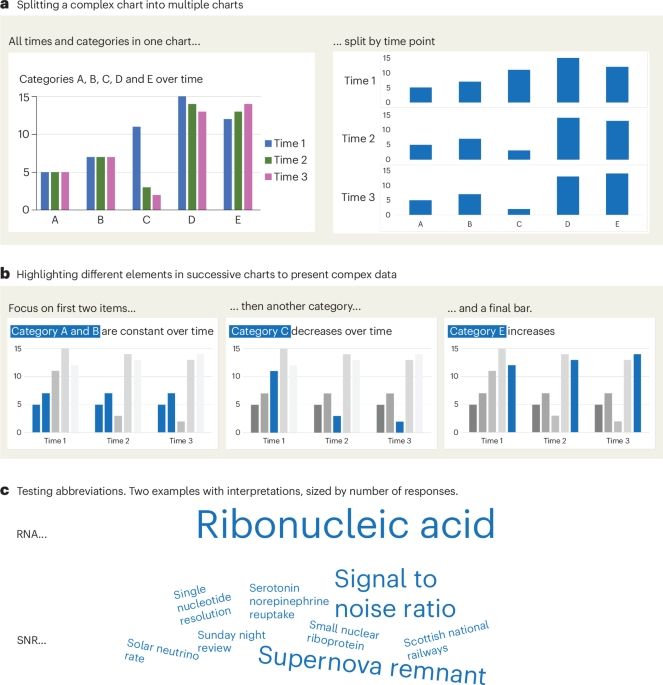
www.nature.com/articles/s41...
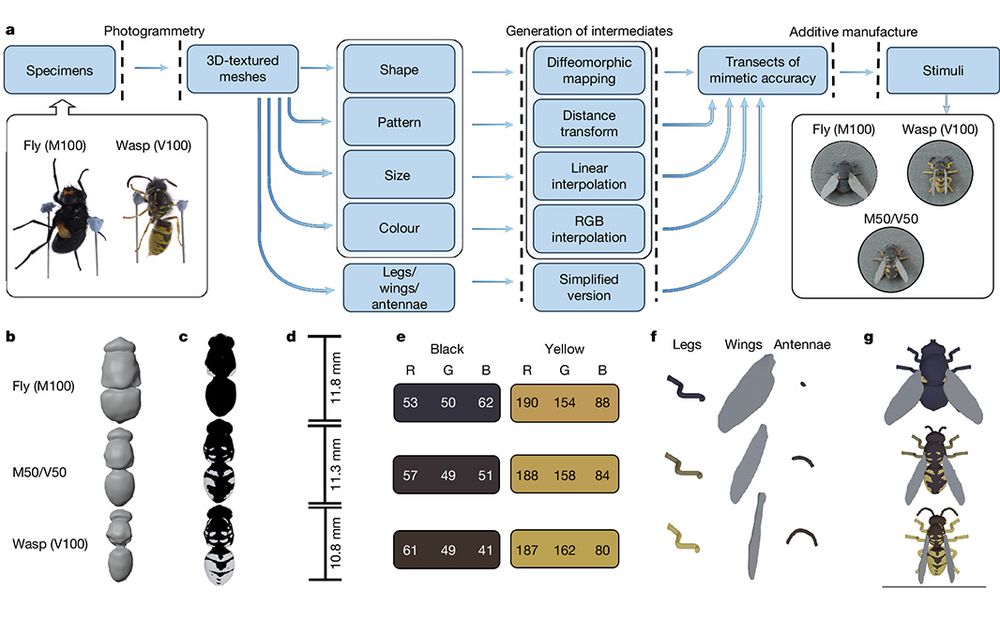
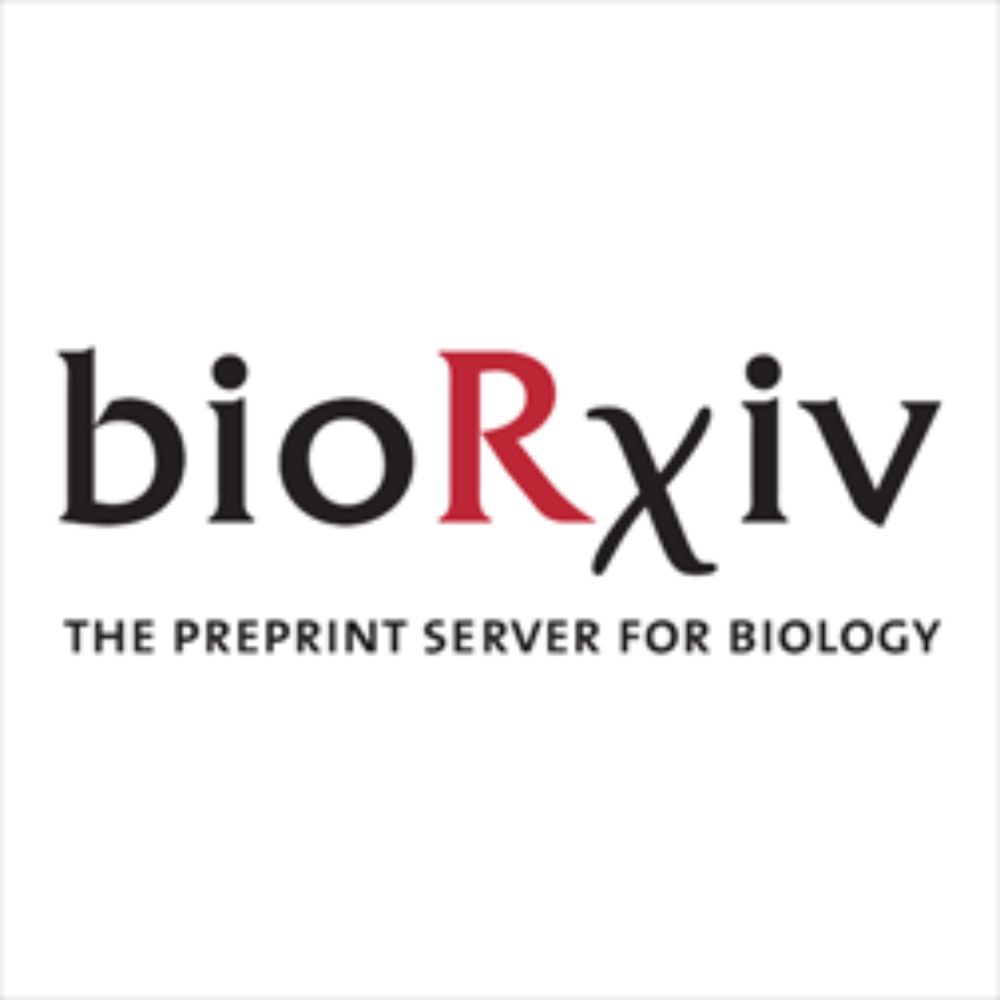




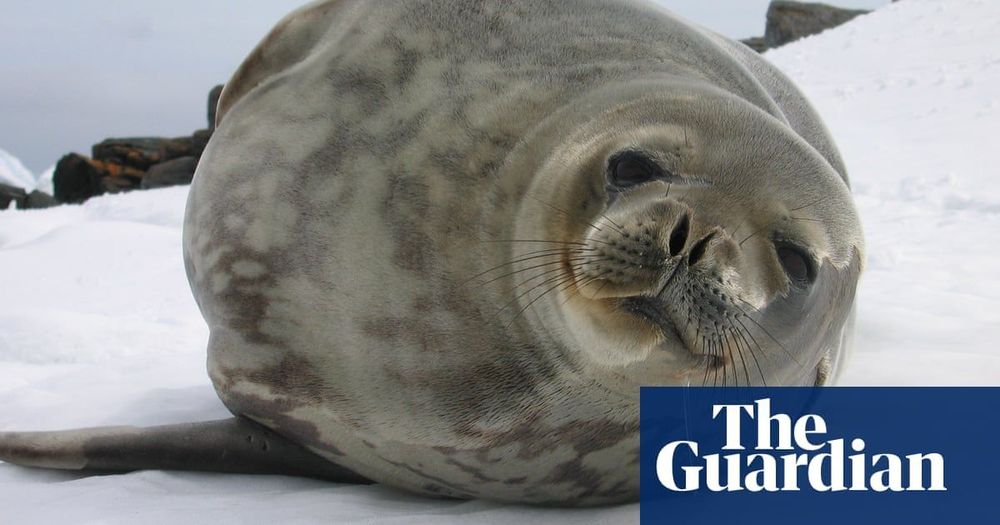

www.online-tribute.com/TedGoslow

www.online-tribute.com/TedGoslow


